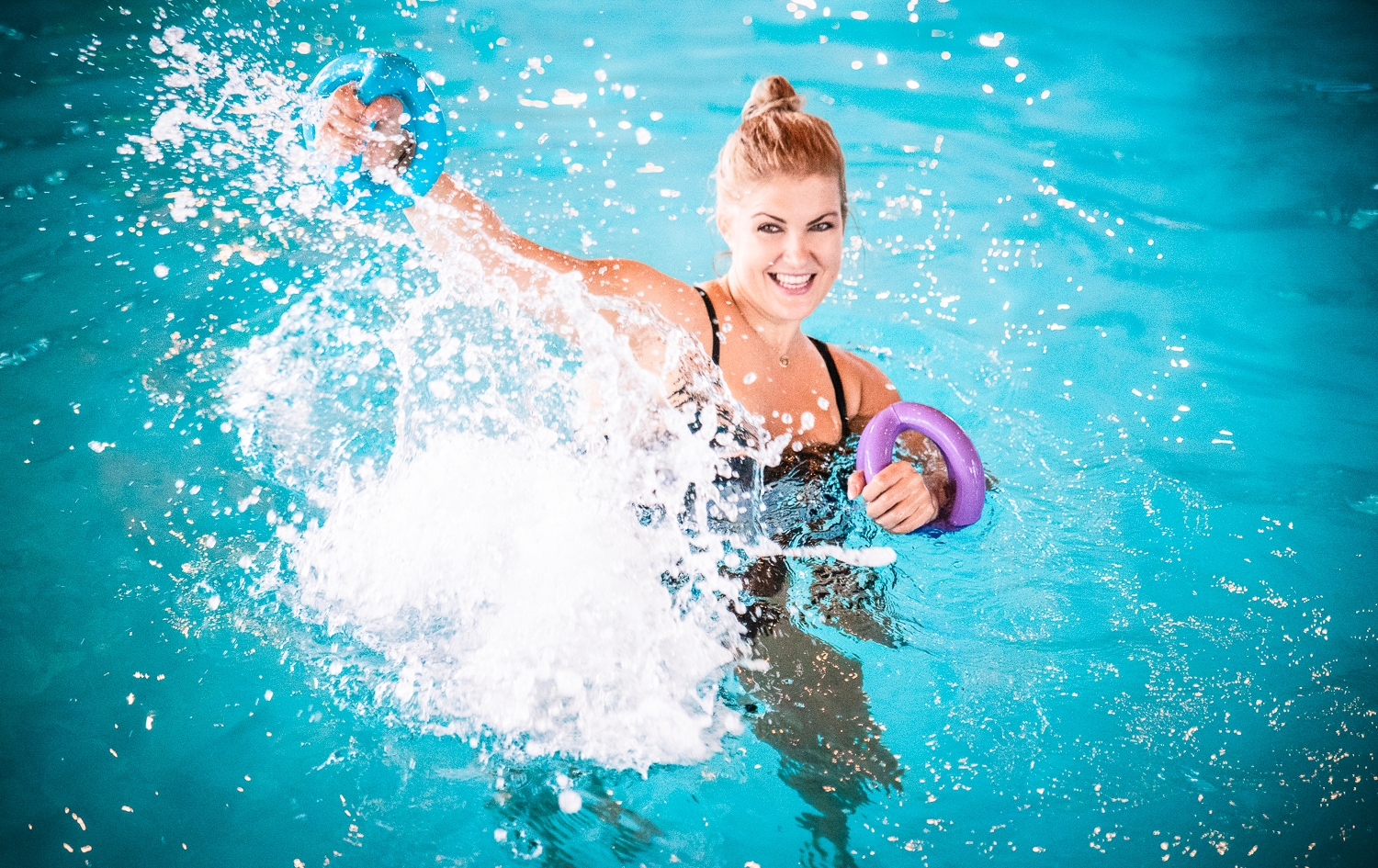Movement Has No Weight – How to Love Your Body!


Find an Activity That Brings You Joy!
How can we stay active for health rather than chasing results, points, or records?
The key is to find an activity that brings joy, not one driven by the pressure to break records or compete. Choose something that helps you connect with your body rather than distancing yourself from experiencing emotions or feelings. Movement can be a powerful tool for self-regulation.
Through mindful movement, we can deepen our understanding of our bodies and ourselves. We can learn to respect our boundaries instead of constantly pushing past them.
Today, many people aspire to run marathons, participate in triathlons, or take on other extreme disciplines. On the surface, there’s nothing wrong with that. I come from a competitive sports background, so I understand the thrill of competitions and the satisfaction of setting new records. But I also know the costs—injuries, and neglecting other equally important aspects of life.
For many, sports have become an escape from reality. They’re addicted to tracking their stats, accumulating miles, and chasing adrenaline. This often has little to do with true health. It’s challenging to look deeper and reflect on how this lifestyle is actually affecting us. What kind of emptiness am I trying to fill?
It’s important to remember that movement should serve life, not act as a way to avoid it.
Water Exercises Relieve Tension
You come from an aqua fitness background, which I associate with dynamic activity in water. Why is it worth being active in water?
My journey with water began with swimming, which I practiced for ten years. Later, I added modern pentathlon to my repertoire. The foundation of competitive sports, combined with an understanding of movement and the unique properties of water, allowed me to elevate aqua fitness classes to a whole new level. Over time, this led to the development of training programs in this field. Water has remarkable properties that reduce strain and gently massage the body.
Modern life brings a tremendous amount of stress and strain due to excessive workloads and sedentary lifestyles. Water exercises help "dissolve" much of the tension from both the body and mind. Thanks to water’s incredible properties, we can perform intense movements while alleviating pressure on joints and the spine—an undeniable advantage over land-based exercises.
Aqua fitness is a safe activity suitable for everyone, regardless of age, physical condition, body size, or swimming ability. In water, there’s no mirror; nobody compares themselves to others, which removes additional pressure. Plus, we leave our phones behind when we’re in the pool, allowing us to be present and fully connected with ourselves and other participants.

Movement for Life's Balance
Recommended

Pool noodle for swimming 01 - blue

Foam Aquafitness dumbbell

Foam disks for aqua aerobics

6 Piece swimming belt - navy

